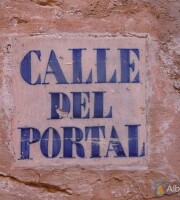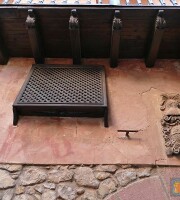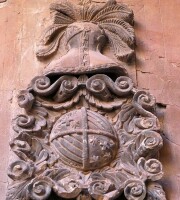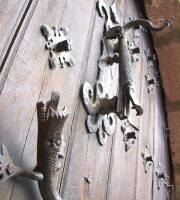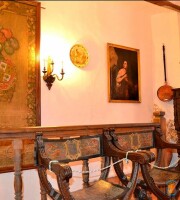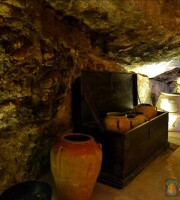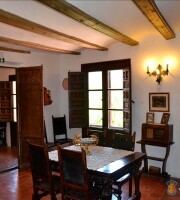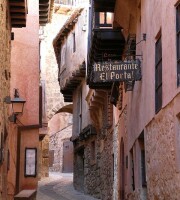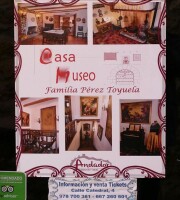Pérez y Toyuela House Museum
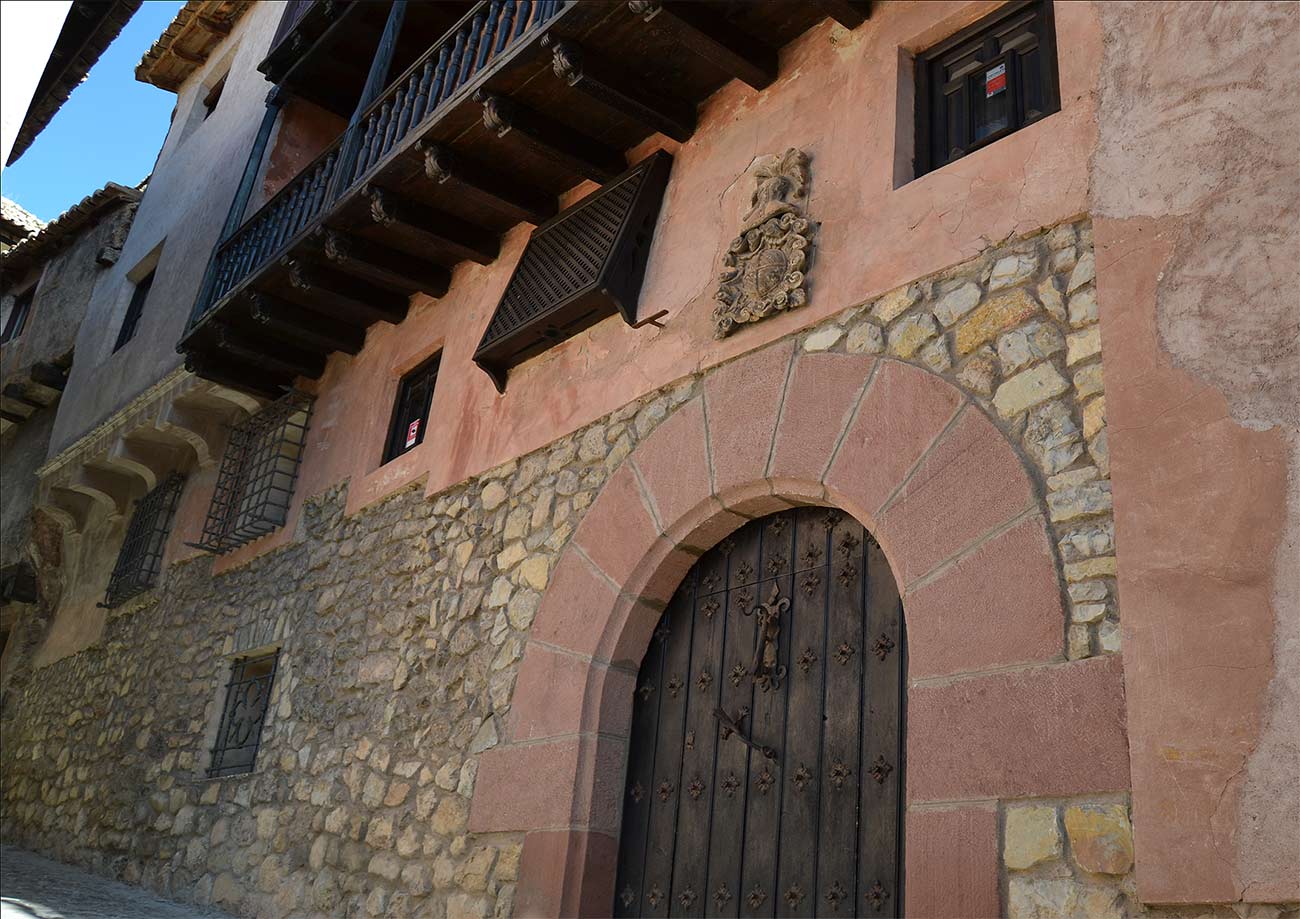
Get to know Pérez y Toyuela House Museum. It is the unique, didactic and pedagogical privilege of visiting one of the homes of what was one of the most important families and one of the oldest ancestry in the history of Albarracín and the Sierra de Albarracín in its Christian origins.
Luckily the families that were inhabiting the house, never reformed the house. Therefore, the “modus vivendi” is preserved which makes it possible for us to have the Pérez y Toyuela House Museum.
In addition, it is worth mentioning the origins of the family and the importance they had linked to Albarracín, the Sierra de Albarracín and the property. The one that owned the house and that gives its name as well, shows the heraldic shield of the family on its cover.
Origin of the family and its arrival in Albarracín
The Pérez Toyuela family arrived in Albarracín with the Castilian re-populations of the Lords of Lara. In 1273 he received the pasture of Toyuela from Don Juan Núñez de Lara and they settled a very prominent enclave.
Some positions they held were constant. Therefor it is worth highlighting those of Dean de Albarracín by Gil Pérez de Toyuela (1389), mayor of Albarracín by Don Juan Pérez de Toyuela (1395), canon of Albarracín in 1562, among many and varied examples.
The heraldic shield is rounded and quartered: 1st and 4th a cantonal cross with four eight-pointed stars and, in turn, 2nd and 3rd three bands, with a helmet for a bell.
This home was acquired as a property in 2010 by ANDADOR Guided Tours with the aim of recovering it to make it visitable as a House Museum. A great personal initiative to open the doors to the public of what was the home of such an illustrious family.
La Casona consists of 3 visitable floors. A ground floor where the stables, a hall and a cellar are preserved. Cribs are still preserved, which were restored and recovered; a curious basin excavated in hundred-year-old stone and a fountain where rainwater is collected as it filters through the rocky plains. A pool dated to the middle of the last century, but with the presence of much earlier uses. As well as personal belongings such as a threshing floor, horse saddles, horseshoes, rakes, barrels…
By the stairs, just before accessing the upper floor we find numerous marine fossils such as ammonites and trilobites which are very typical of the biological and geological past of the area. They were attached to the wall by the previous owners.
A staircase takes us to the upper part with beautiful and large oil paintings decorating the access to what was the mezzanine or service floor.
This floor consists of a room with utensils and supplies for cleaning (zinc bathtub, Don Pedro armchair, French bidet or basin), a trade room with its own tools that were commonly used (sand stone sharpener, large blacksmith bellows, spinning wheel, winder, sheller, sieve, cheese maker…) and a bedroom for service use.
Special mention to the curious cellar, with more than 5 meters in length and excavated in solid rock. The presence of stone damaged by combustion makes one believe the presence of a primitive kitchen in the house. The curious thing about this plant is the “lattice”. An Arab influence intended to safeguard the privacy of the inhabitant. The mission was to see and to not be seen. Very useful to have a view of the doors of the house.
On the third floor, and going up the main staircase decorated with oil paintings, tapestries and pastries (from the 17th to the 19th century), we reach the noble floor and the luxuries typical of the noble families of the time. The floor has a kitchen, main living room and three very attractive bedrooms.
On this floor we will admire the difference in status that the family marked. Its height and useful meters stand out from the rest. In the same way, there are innumerable details that we could highlight: the kitchen, the living room with its beautifully carved trenches, bedrooms with their traditional clothing… worthy of being visited.
